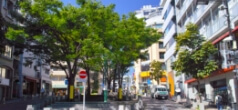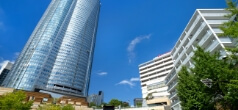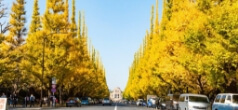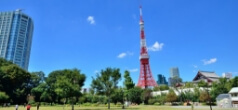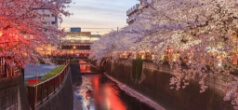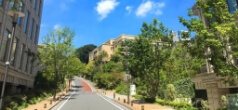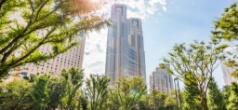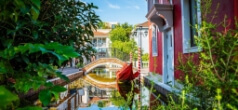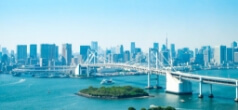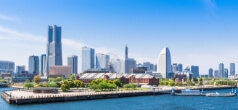Mita/Shibaura/Shimbashi
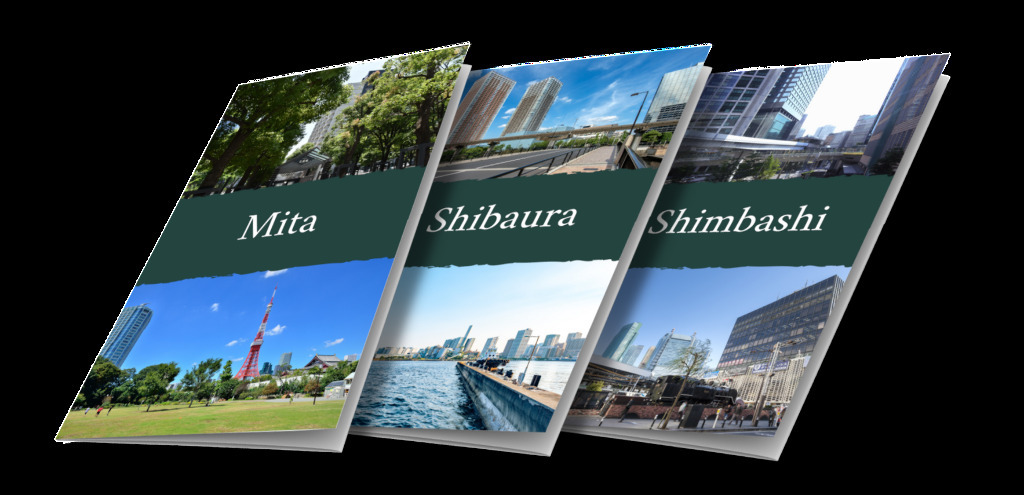
Mita

The neighbourhood of Mita is located quite centrally in between Azabujuban and Shibaura area in Minato Ward. You'll find a good mix of supermarkets, restaurants, luxury low-rise apartments, and also university hospitals, guest houses owned by domestic large corporations. But this area used to be just a quiet and upmarket but nondescript residential neighbourhood with many large traditional Japanese houses about a century ago. Mita is now primarily a business area with a handful of offices just like how you would see the area at first glance, but it also keeps a tranquil residential area with some schools, lots of trees and Japanese gardens within such large premises. The location of a nice mid-point between a couple of different business/commercial districts gives you good transportation options as well. Mita Station covers Toei Mita Line, and Toei Asakusa Line. A short 2 minute walk from Mita Station will bring you to Tamachi Station, which is on Yamanote Line as well as Keihin Tohoku Line. Neither of these stations are that crowded although rush hour can be high-traffic just like any other central business districts.

Shiba Park is also a short walk away. An open green space at the base of Tokyo Tower.
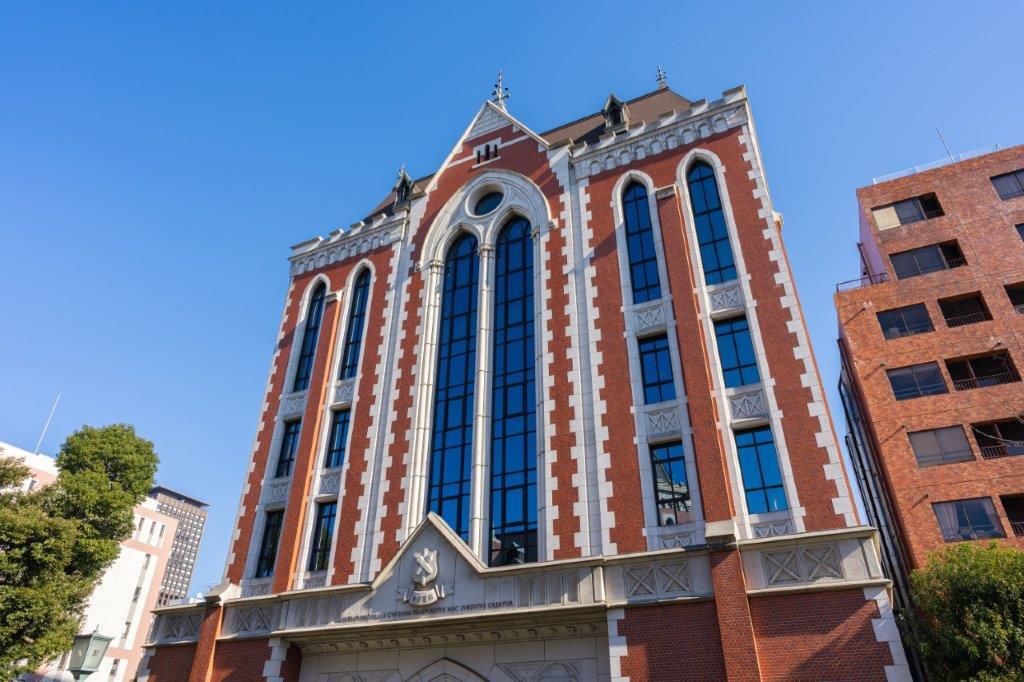
Mita is home to “Keio University” as well, one of the most famous and competitive universities in Japan. There are plenty of affordable places to eat and drink nearby popular amongst students and locals.
ACCESS
- Mita station on “Mita” line
- Tamachi station on “JR Yamanote” line
- Shibakoen station on “Mita” line
Shibaura
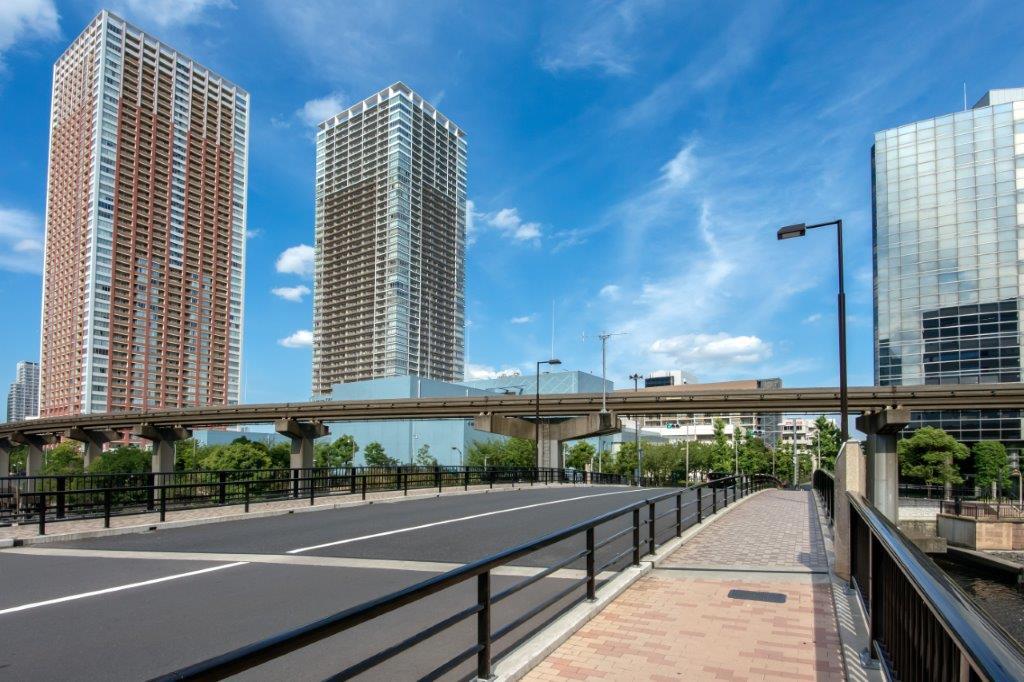
Shibaura is a relatively new waterside area located at the base of Rainbow Bridge that connects to the other side of Tokyo Bay. It used to be a commercial district mainly for big warehouses owned by shipping companies and distribution firms, but has gone through recent urban development projects, and become a very popular residential area.
"Shibaura Island” is an artificial island on which the entire 6 hectare town is built. Four luxurious high-rise apartments have been the symbolic icon of the island, which are Shibaura Island Air Tower, Bloom Tower, Cape Tower, and Grove Tower.
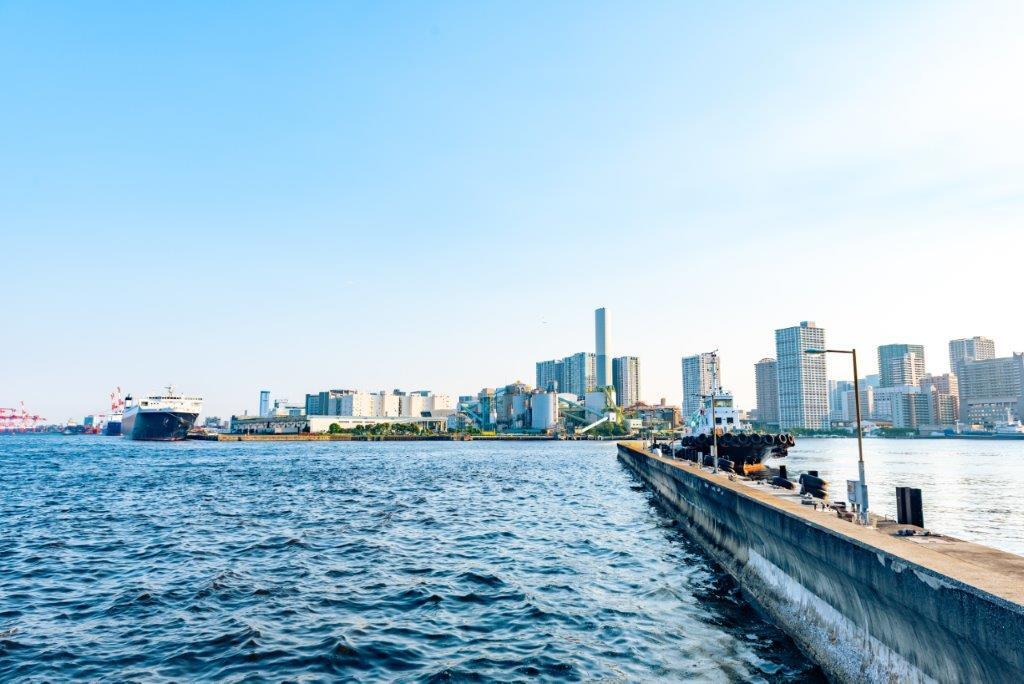
There are more than enough living amenities and everything you need to live - supermarkets, fitness clubs, a lot of green and riverwalks for jogging and dog walking. Some redevelopment projects are still ongoing for new shopping malls, office buildings and high-rise condominiums to continue improving the island further.
Shibaura area already is easy to live due to its accessibility to Central Tokyo and rather low population density. But still has so much potential, given that there will be a new commercial complex that houses supermarkets, clinics, sports facilities, and ward office in the near future. This area is becoming more friendly with residents from singles to families, but all the buildings are high-rises and located about 15 min walk away from the station.
Shimbashi
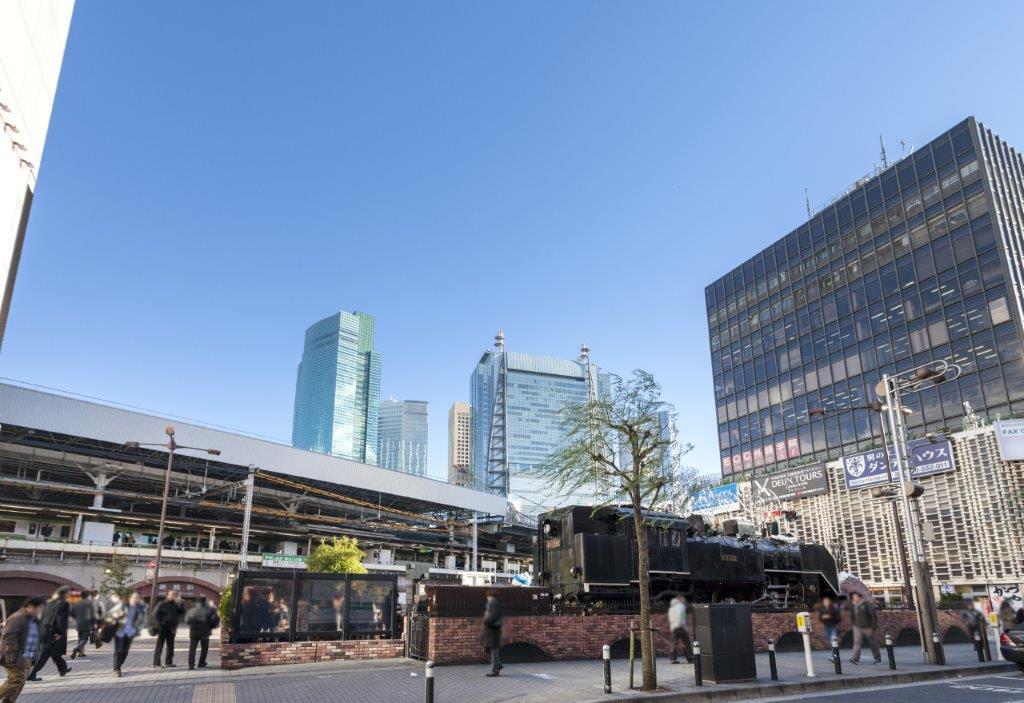
Shimbashi (also spelt Shinbashi) is a busy business district with hundreds of Japanese old-school taverns, pubs, standing bars, and chicken skewer places lined up in the underpass.
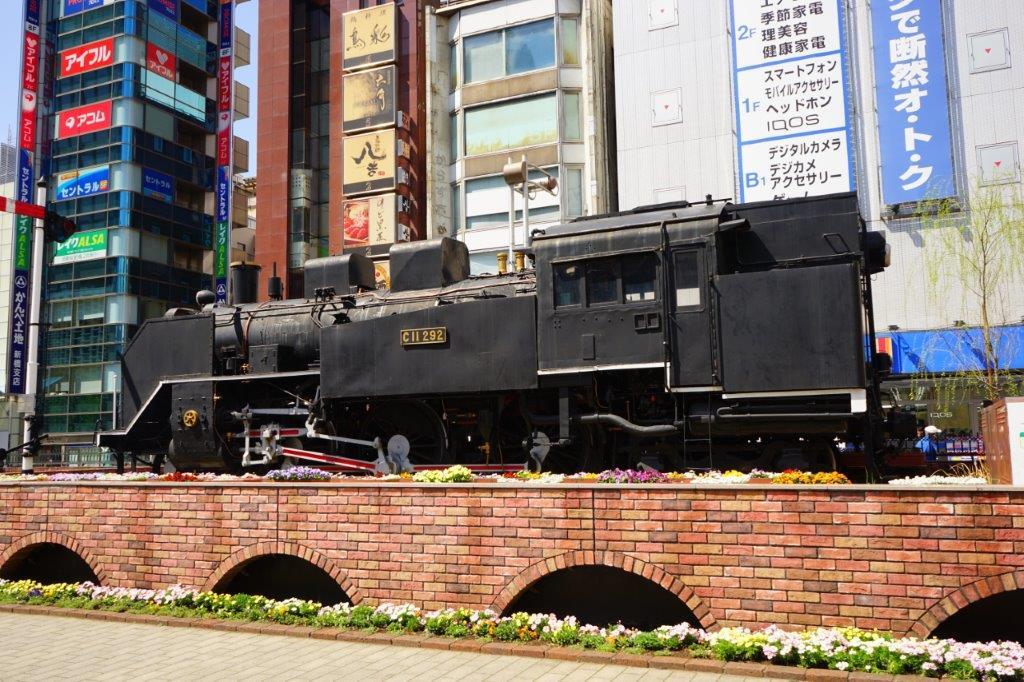
Shimbashi's most distinctive landmark is the steam locomotive in the plaza (SL Plaza) just outside Shimbashi Station. It is a popular meeting spot people dart towards taverns from. Shimbashi is also very centrally located, being only two stops south of Tokyo Station. Seven train lines converge on Shimbashi Station meaning that the area is accessible to/from all directions.
It is not the best residential area to live especially for families with small children, but you may want to take advantage of its affordability and locational convenience.
ACCESS
- Shimbashi station on “JR Yamanote” line, “JR Tokaido” line, “JR Yokosuka” line, “JR Keihin Tohoku” line, “Ginza” line, “Toei Asakusa” line & “Yurikamome monorail” line
- Uchisaiwaicho station on “Mita” line
New Listings in Mita/Shibaura/Shimbashi
For Rent
-

MITA GARDEN HILLS SOUTH HILL
JPY 670,000~1,050,000
1~3BR
60.52~80m²
Namboku Line Azabujuban Sta. (7 min)
-

MITA GARDEN HILLS EAST HILL
JPY 1,050,000~2,000,000
2~3BR
81.01~123m²
Namboku Line Azabujuban Sta. (5 min)
-

MITA GARDEN HILLS NORTH HILL
JPY 930,000~1,060,000
3BR
83m²
Oedo Line Azabujuban Sta. (5 min)
